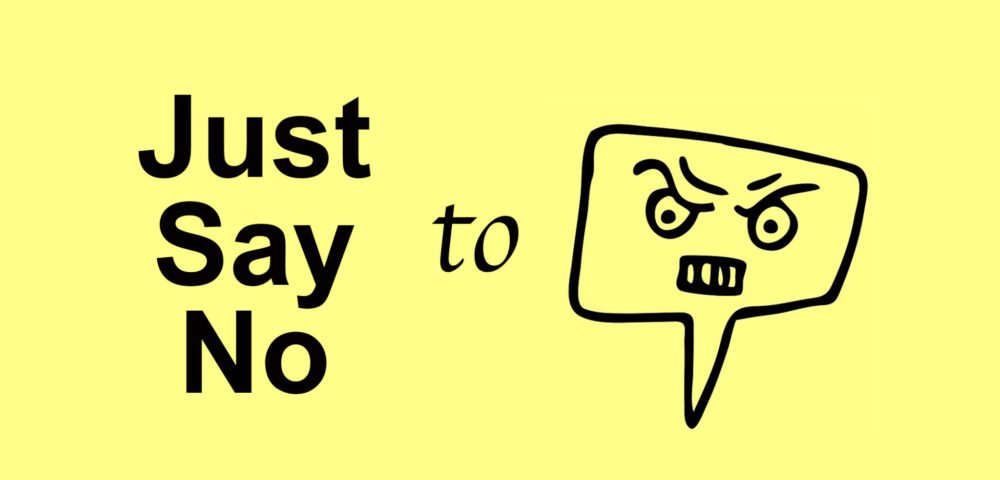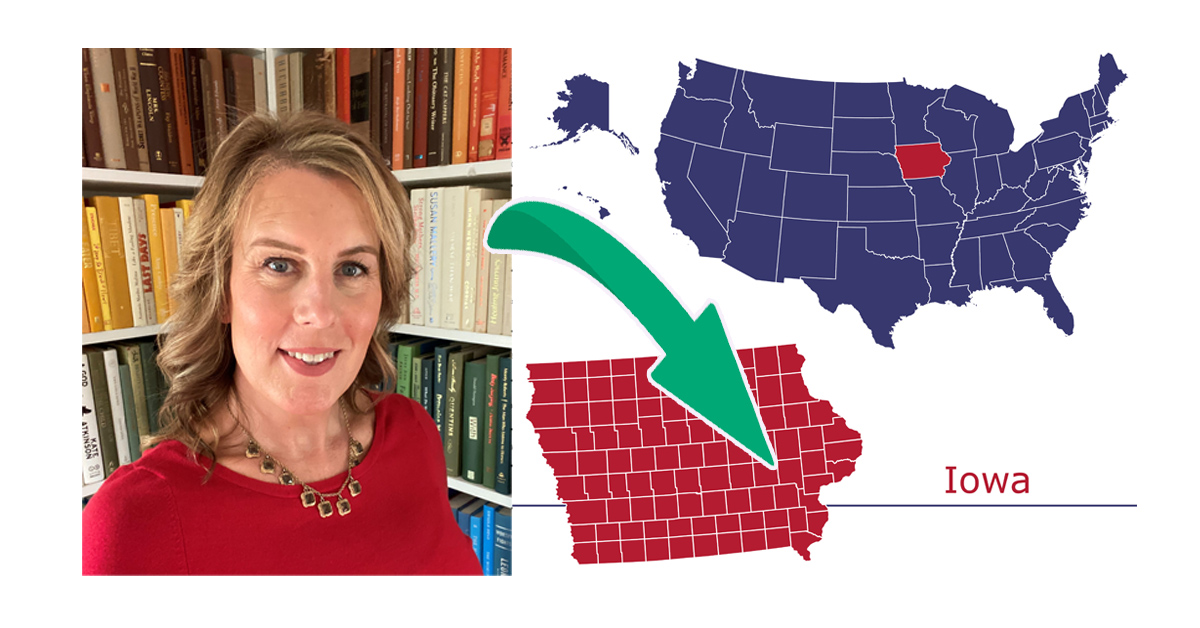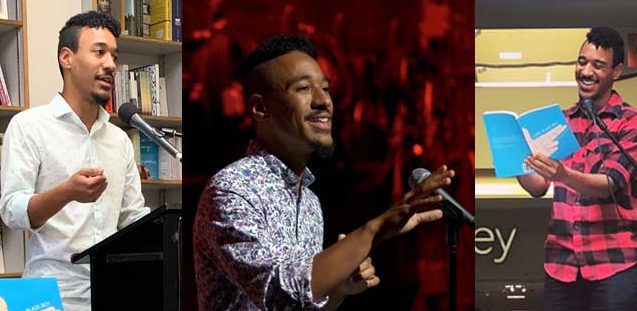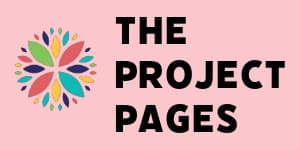I was in “new journalism” heaven.
Amanda Ripley, author of a new book about de-escalating conflict, was hitting on all the key tenets on which I’d decided in recent months to focus this publication anew.
Speaking on CNN’s “Reliable Sources,” Ripley spoke of the dangers of high conflict, especially as we approach another election. She described the disillusionment she began to feel a few years ago: a sense that the “old way” of journalism doesn’t work anymore,“that seeking to “simplify and amplify” issues doesn’t help.
She spoke of the human tendency to “split” and divide into opposing sides, and how doing so gives us “a way to feel there is certainty when there is not.”
Ripley, whose new book is titled “High Conflict: Why We Get Trapped and How We Get Out,” also spoke of the importance of being a “positive deviant” instead of a “conflict entrepreneur.” Ripley encouraged modern-day journalists to intentionally seek out stories that “complicate the narrative” and “confuse our biases.”
All of these things, and more that I’m sure awaits us in her book, can help us “be more useful in conflict as journalists,” Ripley said.
I began feeling the way Ripley described about 10 years ago, after working in journalim and public relations for about 25 years. Whether I ran my own publication, wrote for LGBTQ and alternative publications, or worked for daily newspapers big and small, the disillusionment remained.
It’s one reason why I turned away from assembly-style news coverage. It’s why we don’t just print every bad thing that happens to marginalized communities.
How The Real Mainstream rejects conflict entrepreneurs
We try to offset the “conflict entrepreneurs” that ply their trade among many marginalized communities. We try to sort through whether a grievance is important to explore — or a ploy (even an unintentional one) by a conflict entrepreneur.
We try to guard against “us versus them” thinking and to follow Ripley’s advice about complicating the narrative. Among the highlights of how we approach journalism for marginalized communities:
• Distinction between not only fact and opinions – but also beliefs, values and assumptions. Each of those are different.
• Some strong lines drawn regarding grievance. For one, we try to avoid expressions of it. For another, when we do express grievance, potential solutions are also expressed.
• We explicitly do not “enable false equivalencies, logical fallacies, unethical listening, bandwagoning, rampant speculation, ‘shoot the messenger’ or any other patterns that interfere with critical thinking, empathy, and productive, healthy interactions.”
• We intentionally seek out diverse viewpoints within marginalized communities, as long as they’re rooted in critical thinking. That’s why, for instance, you’ll read a Black lawyer and civil rights leader like Eric Puryear writing against a federal minimum wage.
And it’s why if you see a story — even an LGBTQ or BIPOC story — plastered all across mainstream corporate media, you likely won’t see that story in our pages until we can bring something new to the discussion and coverage.
When you’re trying to do authentic news in a different way, finding the words to explain your “brand” can feel sacrilegious. Ripley’s terminology helps: We’re positive deviants committed to complicating the narrative, so we can head off the trap of high conflict, and help others find their way out, too. Join us.










